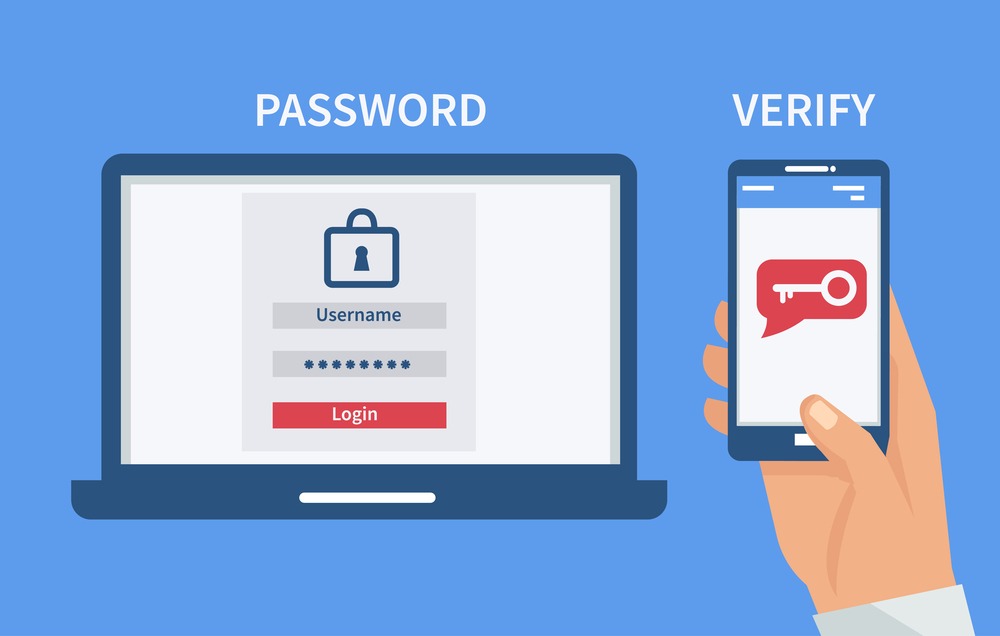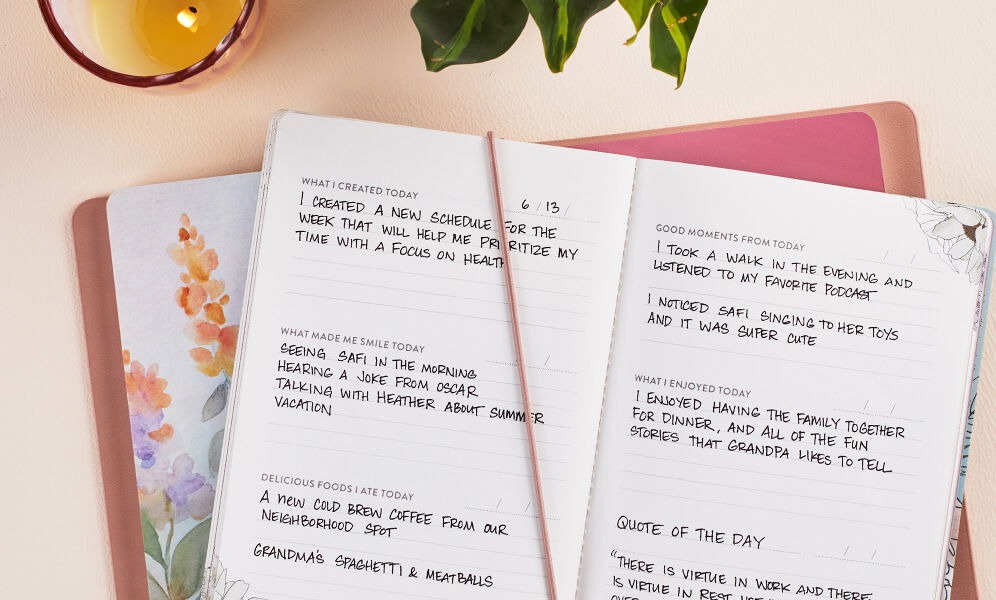Journaling is more than just a way to document your day; it's a powerful practice that can help you process your thoughts, reduce stress, and gain a deeper understanding of yourself. Whether you're new to journaling or looking to reignite your practice, this guide will walk you through the steps to start journaling for mental clarity.
Why Journaling Works
Before we dive into the how, let's take a moment to understand the why. Journaling has been shown to have numerous benefits for mental health and well-being. Here are just a few reasons why putting pen to paper can make such a big difference:
Clears the Mental Clutter
Writing down your thoughts and feelings can help you organize and make sense of them. It's like giving your brain a much-needed decluttering session, allowing you to see things more clearly and make better decisions.
Reduces Stress and Anxiety
Journaling can be a form of release, helping you to let go of pent-up emotions and worries. By expressing your feelings on paper, you can reduce the intensity of negative emotions and gain a sense of relief.
Enhances Self-Awareness
Regular journaling encourages self-reflection, helping you to better understand your thoughts, behaviors, and patterns. This increased self-awareness can lead to personal growth and a greater sense of self-acceptance.
Boosts Creativity and Problem-Solving
Journaling can also be a great way to tap into your creative side and explore new ideas. By freely expressing your thoughts without judgment, you can uncover unique insights and solutions to problems.
Getting Started with Journaling
Now that you know why journaling is such a powerful tool, let's explore how to get started. The beauty of journaling is that there's no one-size-fits-all approach. You can tailor your practice to suit your needs and preferences. Here are some steps to help you begin your journaling journey:
Step 1: Choose Your Journal
The first step is to find a journal that speaks to you. It could be a simple notebook, a fancy leather-bound journal, or even a digital app. The important thing is that it feels inviting and comfortable to use. If you enjoy the tactile experience of writing, a physical journal might be the way to go. If you prefer the convenience of typing, a digital journal could be a better fit.
Step 2: Set Aside Time for Journaling
Consistency is key when it comes to journaling. Try to set aside a specific time each day to write. It could be first thing in the morning, during your lunch break, or right before bed. Find a time that works best for you and make it a part of your daily routine.
Step 3: Create a Comfortable Writing Space
Find a quiet, comfortable spot where you can write without distractions. It could be a cozy corner of your home, a favorite café, or even a park bench. Make sure you have everything you need, such as a pen, your journal, and perhaps a cup of tea or coffee.
Step 4: Start with a Prompt
If you're not sure what to write about, journaling prompts can be a great way to get started. Prompts are simply questions or topics that inspire you to write. Here are a few examples to help you get the ball rolling:
- What am I grateful for today?
- What's been on my mind lately?
- What are my goals for the next month?
- What challenges am I currently facing, and how can I overcome them?
- What brings me joy and fulfillment?
Step 5: Write Freely and Without Judgment
Remember, your journal is a safe space for you to express yourself freely. Don't worry about grammar, spelling, or making sense. The goal is to let your thoughts flow onto the page without censoring or judging them. Write as if no one else will ever read it—because they won't.
Different Journaling Techniques to Try
There are many different journaling techniques you can explore to find what works best for you. Here are a few popular methods to consider:
Stream-of-Consciousness Journaling
This technique involves writing down whatever comes to mind without filtering or editing your thoughts. The idea is to let your thoughts flow freely, allowing you to tap into your subconscious mind and uncover hidden insights. Set a timer for 10-15 minutes and write continuously without stopping. Don't worry about punctuation or grammar—just let the words pour out.
Gratitude Journaling
Gratitude journaling involves writing down things you're grateful for. This practice can help shift your focus from what's going wrong in your life to what's going right. Each day, write down three to five things you're grateful for. They can be big or small, from a supportive friend to a beautiful sunset. The key is to cultivate a sense of appreciation and positivity.
Reflective Journaling
Reflective journaling is all about looking back on your experiences and learning from them. This technique can help you gain insights into your thoughts, feelings, and behaviors. To practice reflective journaling, write about a recent experience and explore the following questions:
- What happened?
- How did I feel about it?
- What did I learn from this experience?
- How can I apply this learning in the future?
Bullet Journaling
Bullet journaling is a method that combines journaling with task management. It's a great way to stay organized and keep track of your goals, tasks, and thoughts. To create a bullet journal, you'll need a notebook with dotted or grid pages. Use symbols and short bullet points to represent tasks, events, and notes. You can also include collections, such as lists of books to read or places to visit.
Tips for Making Journaling a Habit
Starting a journaling practice is one thing, but making it a habit is another. Here are some tips to help you stay consistent and make journaling a regular part of your life:
Start Small
If the thought of writing pages and pages every day feels overwhelming, start small. Even just a few sentences or bullet points can make a difference. The important thing is to build the habit of journaling regularly.
Be Patient with Yourself
Remember, journaling is a practice, and like any practice, it takes time to develop. Don't be too hard on yourself if you miss a day or struggle to find the right words. The key is to keep showing up and writing, even if it's just a little bit each day.
Find What Works for You
There's no right or wrong way to journal. Experiment with different techniques, prompts, and styles to find what resonates with you. Your journaling practice should be a reflection of your unique personality and needs.
Make It Enjoyable
Journaling should be a pleasurable experience, not a chore. Find ways to make it enjoyable, such as using colorful pens, adding stickers or doodles, or writing in a beautiful location. The more you enjoy the process, the more likely you are to stick with it.
Conclusion
Journaling is a powerful tool for achieving mental clarity and improving your overall well-being. By putting pen to paper, you can clear the mental clutter, reduce stress, and gain a deeper understanding of yourself. Whether you're new to journaling or looking to reignite your practice, the key is to start small, be consistent, and find what works for you.
Remember, your journal is a safe space for you to express yourself freely and without judgment. It's a place to explore your thoughts, dreams, and fears, and to uncover the insights that will help you live a more fulfilling life. So, grab a journal, find a quiet spot, and start writing. Your mind will thank you.









